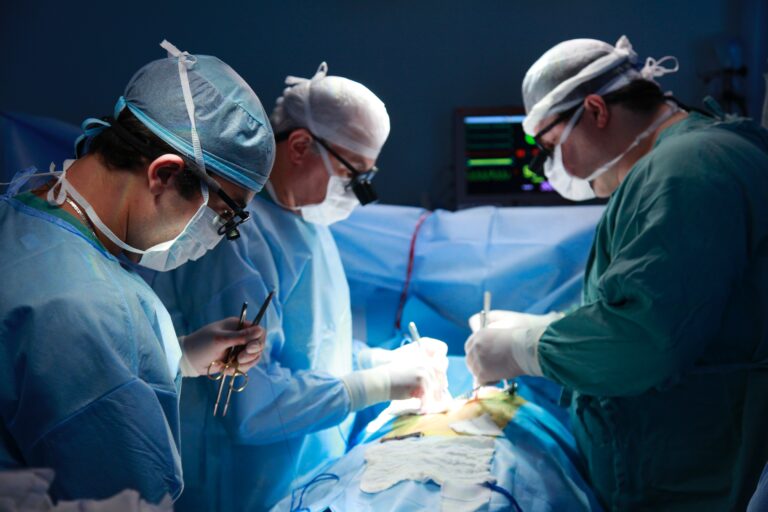
General Surgery
We have specialized knowledge of the entire surgical process from the initial evaluation through preparation, procedure, and post-operative management.
Unilateral Inguinal Hernia
An inguinal hernia is a bulge that occurs in your groin region, the area between the lower part of your abdomen and your thigh. Inguinal hernias occur because of a weakening of the muscles in the lower abdomen. Three layers protect the intestines inside the lower abdomen.
Bi Lateral Inguinal Hernia
A Bilateral Inguinal Hernia is the presence of two inguinal hernias on both sides of the pubic bone. A Bilateral Hernia is caused much the same way as an Inguinal Hernia when there is a weakness in the abdomen muscles.
Gal Bladder / Lapcoli
Lap chole is a surgery that removes your gallbladder. Some people develop a wound or internal infection after gallbladder removal. Signs of a possible infection include increasing pain, swelling or redness, and pus leaking from a wound. See your GP if you develop these symptoms, as you may need a short course of antibiotics.
ERCP Lapcoli
Laparoscopic Cholecystectomy surgery, popularly referred to as Lap Chole, is a minimally-invasive procedure for removing the gallbladder or gallstones. This procedure utilizes a thin tube with a small camera on the end known as a laparoscope.
Umbilical Hernia
An umbilical hernia occurs when part of your intestine bulges through the opening in your abdominal muscles near your belly button (navel). Umbilical hernias are common and typically harmless. Umbilical hernias are most common in infants, but they can affect adults as well.
Appendicitis
The appendix is a pouch-like structure attached at the start of the large intestine that has no known purpose. Appendicitis begins with fever and pain near the belly button and then moves toward the lower-right side of the abdomen.
